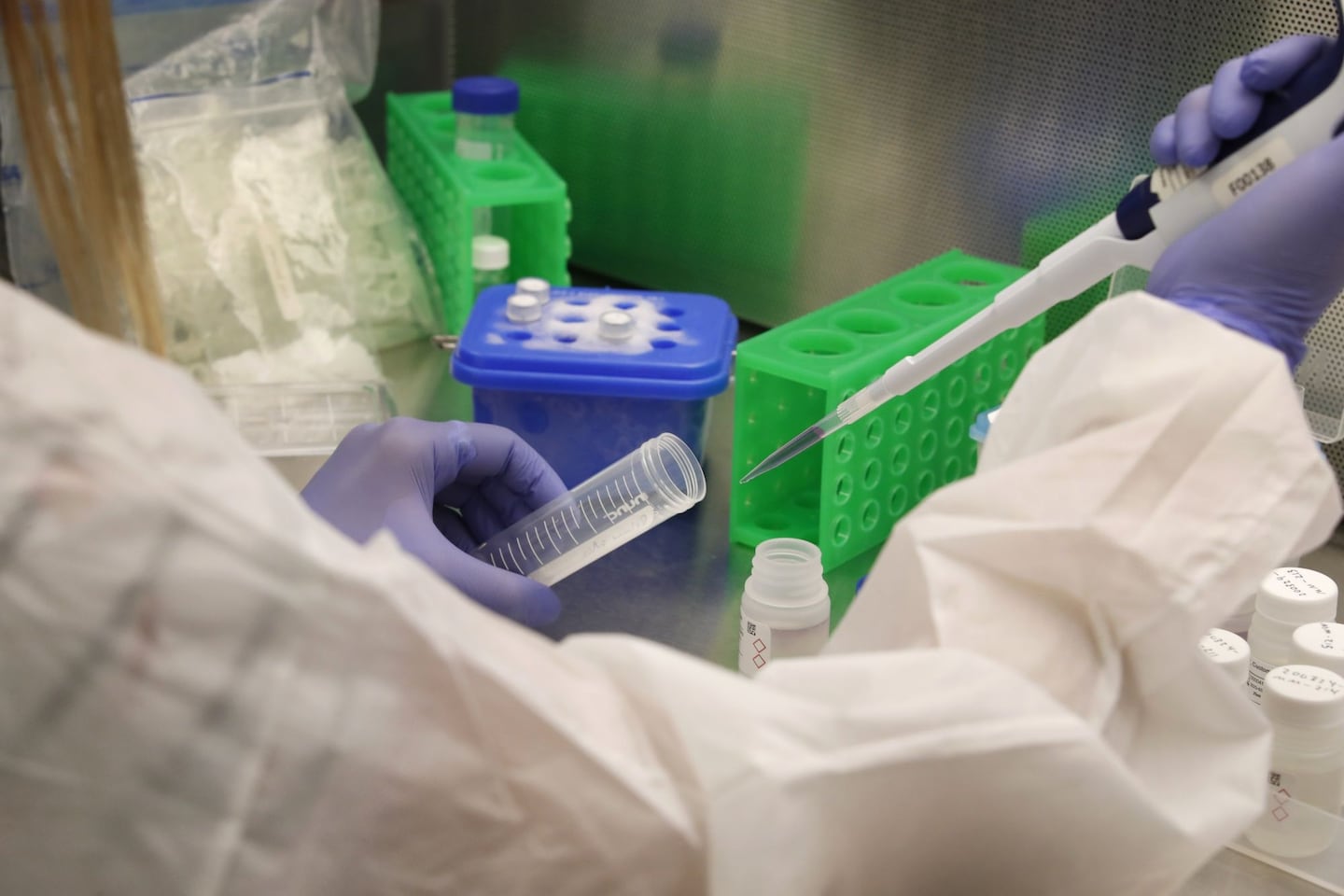Seven months into the pandemic, Trump’s testing plan enters its second wave of failure

After the testing debacle of the spring, we now have a new and thoroughly avoidable shortage because of two fundamental failures:
While pursuing the first-generation, lab-based diagnostic tests, the Trump administration, perhaps believing President Trump’s claims that we’d turned the corner and wouldn’t need much testing to put out the “embers,” was slow to ramp up the rapid tests needed for asymptomatic screening.
Now the Trump administration is blocking federal aid to states that would give them the billions they need to boost screening — because Trump thinks this a giveaway to his political opponents.
The technology exists. Efforts to expand rapid tests by manufacturers, states and private groups have been heroic. But a report this month funded by the Duke Margolis Center for Health Policy and the Rockefeller Foundation found that federal efforts “do not yet amount to a national testing strategy and clear path to implement it.”
On March 6, Trump visited the Centers for Disease Control and Prevention and proclaimed that “anybody who wants a test gets a test.” That was absurd at the time. It’s still a cruel joke.
In an informal test of our testing system, I set out this month to see if I could get the kids in my household regularly tested. In theory, that would allow them to see friends and do more activities.
I checked with the pediatrician: No testing offered.
I checked CVS: My kids didn’t qualify.
I drove them to a no-appointment government-run testing site during the scheduled hours. It was closed. I drove them to another site. Also closed without notice. I called a third. Closed.
I checked with a private clinic that offered the rapid test. It was closed for two weeks — “due to covid-19 noted in our office building.”
I called another private clinic. They could test us the next day, for $270 apiece — and it would take two more days to get a result.
Finally, I used LabCorp’s $119 home test, and that worked. But the five-day turnaround (two days to receive it, a day to return it, two days to process) makes it useless as a screening tool.
Testing capabilities vary by jurisdiction, but nowhere does the capacity exist to do the sort of screening that would get us to some semblance of normalcy.
“It is a little bit maddening,” Jonathan Quick, head of the Rockefeller Foundation’s pandemic-response initiative, tells me. “We’re doing a fraction of what we need to, a growing fraction but still a fraction.”
The federal government doesn’t pay for screening tests, and though cash-strapped states “have got the machinery there” to do screening, “they’ve got to fuel it with adequate funding.” The $5 billion to $10 billion per month Quick estimates the states need from the feds “is chump change compared to having to shut down again,” he notes.
Quick figures that, even with a vaccine, “we need to be prepared for at least another 18 months of managing by testing.” Rockefeller is coordinating a 10-state consortium that is trying to move closer to the needed 193 million tests nationally per month. But there’s only so much that can be done without the Trump administration’s support. The Rockefeller/Duke report declared “an urgent need for federal action to provide more clarity about testing protocols and testing needs [and] to provide reliable and predictable funding for screening tests.”
“Open your schools; everybody, open your schools,” Trump demanded on Monday, the same day he incorrectly declared that the virus “affects virtually nobody” under 18.
We could open the schools in all but half a dozen states, and workplaces, too, if we had adequate testing. Instead, Trump, while keeping himself safe by using rapid screening of those around him, prefers that the rest of us rely on a magical vaccine or perhaps wait to develop what he calls “herd mentality.”
Maybe this is why, when it comes to testing, his administration continues to act like a rafter of turkeys.
Read more:






